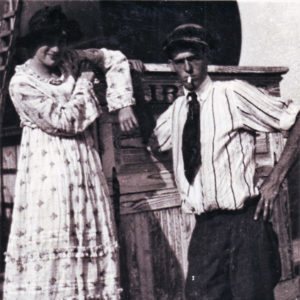 Helen Spence and Buster Eaton
Helen Spence and Buster Eaton
Entry Type: Group
 Helen Spence and Buster Eaton
Helen Spence and Buster Eaton
 Cicero and Helen Spence
Cicero and Helen Spence
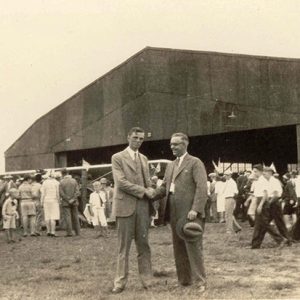 Spirit of St. Louis in Little Rock
Spirit of St. Louis in Little Rock
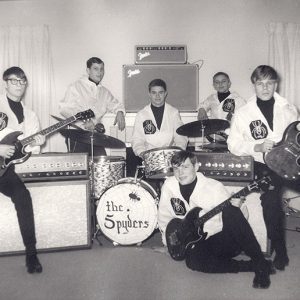 The Spyders
The Spyders
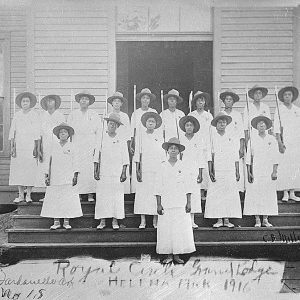 SRCFW Women
SRCFW Women
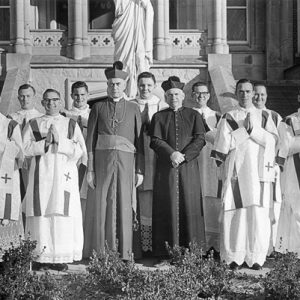 St. John's Deacons
St. John's Deacons
 St. John's Seminary Dorm
St. John's Seminary Dorm
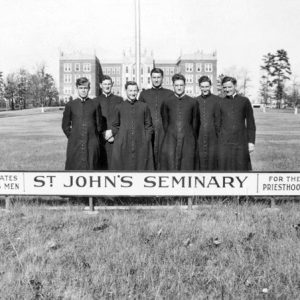 St. John's Seminary Students
St. John's Seminary Students
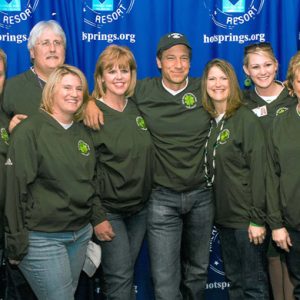 St. Patrick's Day Parade Organizers
St. Patrick's Day Parade Organizers
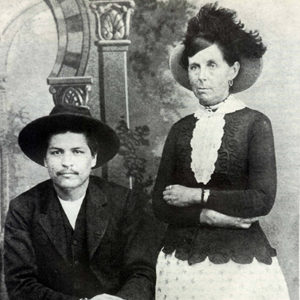 Belle Starr and Blue Duck
Belle Starr and Blue Duck
State Association of Missionary Baptist Churches of Arkansas
aka: Arkansas State Baptist Association
 State Quarter Launch
State Quarter Launch
States’ Rights Democratic Party
aka: Dixiecrats
Stephens Inc.
 Steve's Show
Steve's Show
 Robert Stobaugh and Daniel Yergin
Robert Stobaugh and Daniel Yergin
 Robert Stobaugh
Robert Stobaugh
Stop This Outrageous Purge (STOP)
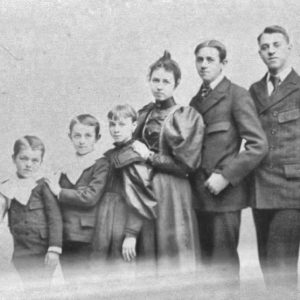 Strauss Siblings
Strauss Siblings
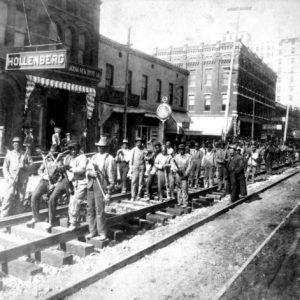 Streetcar Track Layers
Streetcar Track Layers
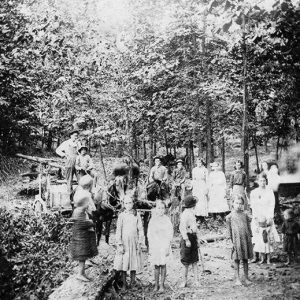 Strother Mill
Strother Mill
Student Nonviolent Coordinating Committee (SNCC)
Students United for Rights and Equality (SURE)
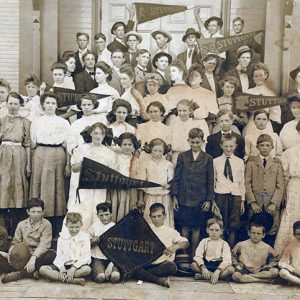 Stuttgart Training School Students and Teachers
Stuttgart Training School Students and Teachers
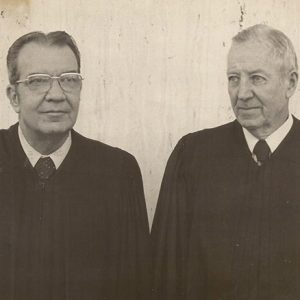 Supreme Court Justices
Supreme Court Justices
Supreme Royal Circle of Friends of the World
aka: Royal Circle of Friends
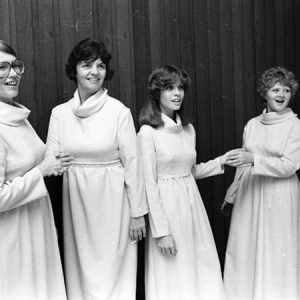 Sweet Adelines
Sweet Adelines
 Talburt Home
Talburt Home
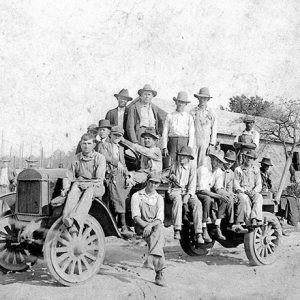 Ed Talburt
Ed Talburt
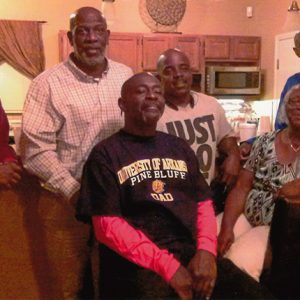 Taylor Family
Taylor Family
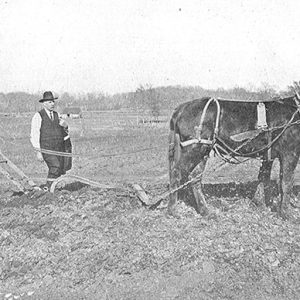 Tech Farm
Tech Farm
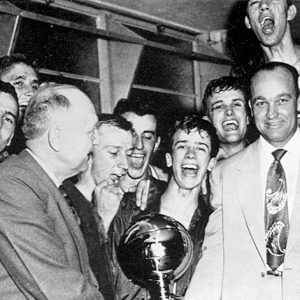 Tech Men's Basketball
Tech Men's Basketball
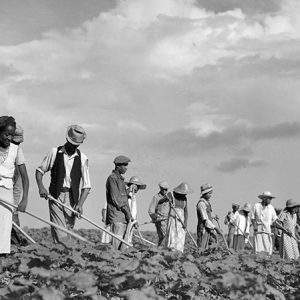 Tenant Farmers
Tenant Farmers
Tenth Arkansas Infantry/Tenth Arkansas Cavalry (CS)
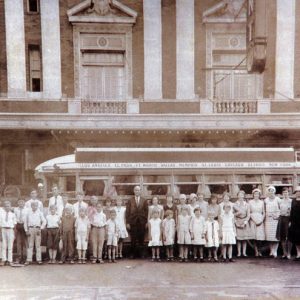 Texarkana Baptist Orphanage
Texarkana Baptist Orphanage
Thea Foundation
Third Arkansas Cavalry (CS)
Third Arkansas Cavalry (US)
Third Arkansas Infantry (African Descent) (US)
aka: Fifty-Sixth United States Colored Troops
Third Arkansas Light Artillery (CS)
aka: Jackson Light Artillery
Third Arkansas Volunteer Infantry Regiment (CS)
Third Confederate Infantry (CS)
Thirteenth Arkansas Infantry (CS)
Thirtieth Arkansas Infantry (CS)
aka: Rogan's Arkansas Cavalry (CS)
Thirty-Eighth Arkansas Infantry (CS)
Thirty-First Arkansas Infantry (CS)
Thirty-Fourth Arkansas Infantry (CS)
 Thirty-Fourth Arkansas Infantry Reunion
Thirty-Fourth Arkansas Infantry Reunion




